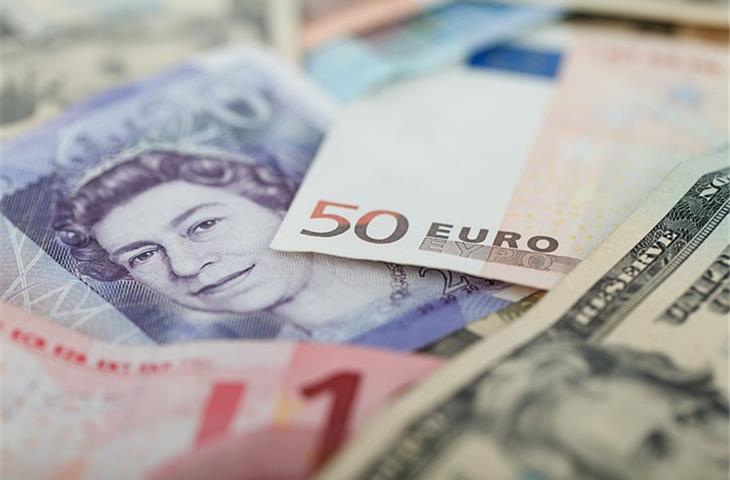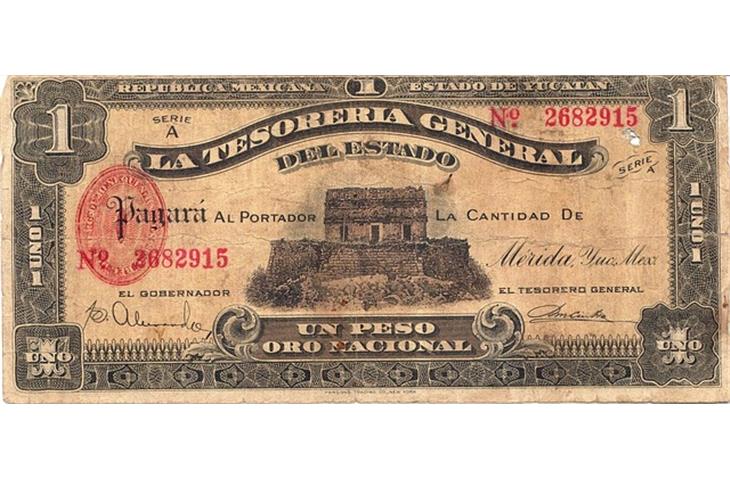The interplay between the Mexican peso and the American dollar, most popularly denoted by today’s exchange rate pesos to dollars, holds critical importance across realms like international commerce, financial ventures, and individual transactions. Comprehending this rate is paramount for individuals and corporations alike, as it directly influences the worth of currencies and the expenditures related to transnational dealings. Within this discourse, we shall delve into the significance of today’s exchange rate pesos to dollars, dissect the elements that sway it, and furnish invaluable insights to assist you in navigating the dynamic currency market.
1. Factors Shaping Today’s Exchange Rate Pesos to Dollars:

Economic Stability: The macroeconomic health of both Mexico and the United States substantially impacts the exchange rate. Robust economic expansion, minimal inflation, and stable political climates typically fortify the peso vis-à-vis the dollar, whereas diminished economic circumstances can precipitate a devaluation of the peso.
Interest Rates: The disparity in interest rates between these two nations aids to dictate the exchange rate. Elevated interest rates within the United States often attract overseas investors, catalyzing an uptick in demand for dollars and therefore, an appreciation of the currency.
Market Sentiment: Confidence among investors and prevailing market sentiments can exert a substantial influence on the exchange rate. Upbeat news, such as robust economic metrics or advantageous policy decisions, can bolster the peso, whilst adverse news can instigate a depreciation.
Supply and Demand: The equilibrium between the supply of pesos and the demand for dollars exercises a pivotal function too. An amplified demand for pesos or diminished supply of dollars could stimulate the strengthening of the peso, while the converse situation can trigger a depreciation.
2. Significance of Today’s Exchange Rate Pesos to Dollars in International Trade:

Cost of Imports: The exchange rate directly impinges upon the expense of importing goods and services from Mexico to the United States. A weakened peso can escalate import costs, influencing the pricing of consumer goods and impacting enterprises.
Export Competitiveness: A weaker peso can render Mexican exports more competitive in the global arena, bolstering Mexican businesses and the broader economy.
Investment Decisions: The exchange rate influences investment decisions in both nations. A fortified peso might make Mexican assets more appealing to foreign investors, while a weakened peso might spur investment in the United States.
3. Personal Finance Consequences of Today’s Exchange Rate Pesos to Dollars:

Travel Expenses: The exchange rate impacts the expenditure of traveling to Mexico for Americans. A weakened peso can render travel more economical, while a strengthened peso can augment expenses.
Remittances: Mexican immigrants residing in the United States dispatch remittances back to their kin in Mexico. The exchange rate can affect the sum of money they receive in pesos.
Investment Returns: Investors exposed to the Mexican peso may witness their investment returns fluctuate contingent on the exchange rate.
4. Tactics for Navigating Today’s Exchange Rate Pesos to Dollars:
Diversification: Investing in a diverse portfolio can mitigate the risks associated with currency fluctuations.
Forward Contracts: Enterprises can engage in forward contracts to secure a specific exchange rate, safeguarding against potential losses resulting from currency depreciation.
Monitoring Economic Indicators: Keeping abreast of economic indicators and market tendencies can enable individuals and corporations to make judicious decisions regarding their finances.
Seeking Professional Advice: Engaging with financial specialists can offer invaluable insights and direction on how to traverse the currency market proficiently.
Today’s exchange rate pesos to dollars is a pivotal element in numerous facets of the global economy. Grasping its dynamics, the elements that sway it, and the ramifications it has on international trade and personal finance is indispensable for making well-informed decisions. By monitoring economic indicators, scrutinizing market trends, and soliciting professional counsel, individuals and corporations can navigate the fluctuating currency market with assurance.
